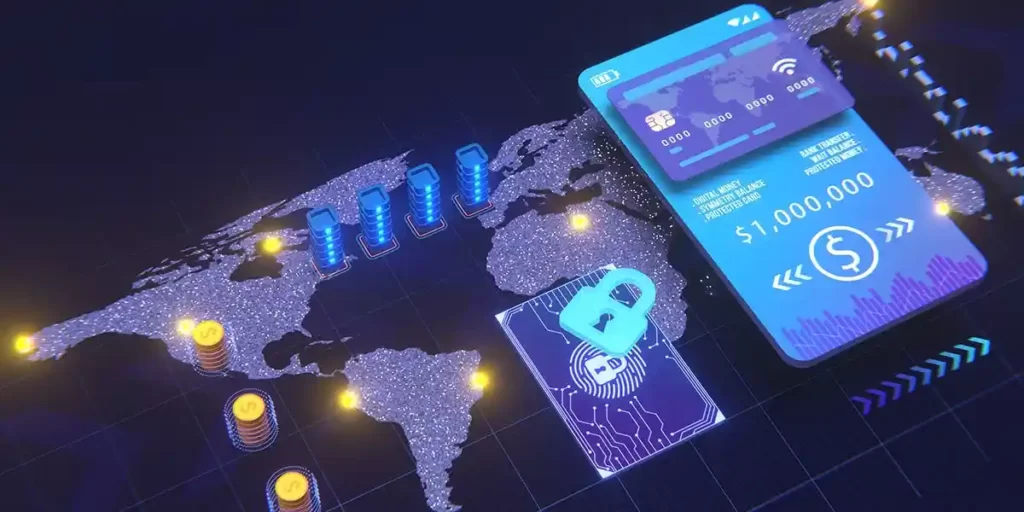Cross-Border Payments: Navigating the Global Financial Web
Introduction
Cross-border payments, the transactions that occur between individuals, businesses, and financial institutions across international borders, are the lifeblood of the global economy. However, the process of making these payments has historically been complex, slow, and costly. In this article, we’ll delve into the world of cross-border payments, exploring the challenges and innovations that are transforming the way we transfer money across borders in an increasingly interconnected world.
I. The Importance of Cross-Border Payments
Cross-border payments play a pivotal role in our interconnected world, impacting various aspects of the global economy:
- Trade: International trade relies on cross-border payments to facilitate the exchange of goods and services between countries.
- Remittances: Migrants send billions of dollars in remittances to support their families and communities in their home countries.
- Investments: Global investors make cross-border payments to buy and sell assets, including stocks, bonds, and real estate.
- Business Operations: Multinational corporations use cross-border payments to pay suppliers, and employees, and conduct international operations.
II. Challenges in Traditional Cross-Border Payments
Traditional cross-border payments have long been plagued by a range of challenges:
- High Fees: Fees associated with currency conversion, intermediary banks, and international wire transfers can erode a significant portion of the transferred amount.
- Delays: Cross-border payments often take several days to reach their destination, impacting the liquidity of businesses and families.
- Lack of Transparency: The complex nature of traditional payment systems can make it challenging to track payments in real time.
- Currency Conversion: Currency exchange rates offered by traditional banks may be unfavorable to users.
- Regulatory Compliance: Cross-border transactions are subject to a range of regulatory requirements, adding complexity and cost.

III. Innovations in Cross-Border Payments
In recent years, several innovations have emerged to address these challenges and enhance the efficiency of cross-border payments:
- Blockchain Technology: Blockchain’s distributed ledger technology can streamline cross-border payments, reducing the need for multiple intermediaries and offering transparency and security.
- Cryptocurrencies: Cryptocurrencies like Bitcoin and stablecoins like USDC and USDT have the potential to provide faster, cheaper, and more accessible cross-border payments.
- Payment Service Providers: Fintech companies and payment service providers are offering digital solutions that facilitate cross-border payments, often with lower fees and quicker processing times.
- Regulatory Reforms: Some governments are revising their regulatory frameworks to encourage innovation and competition in the cross-border payments space.
- Central Bank Digital Currencies (CBDCs): Several countries are exploring the development of CBDCs, which could transform cross-border payments by offering a digital representation of national currencies.
IV. Advantages of Modern Cross-Border Payment Solutions
Modern cross-border payment solutions bring several advantages:
- Cost Savings: Reduced fees and currency conversion costs translate to more funds reaching their intended recipients.
- Speed: Transactions can be processed in near real-time, ensuring quicker access to funds.
- Transparency: Blockchain-based systems provide transparency, allowing users to track payments throughout the entire process.
- Accessibility: Mobile wallets and digital payment platforms offer accessibility to a broader range of users, including those without access to traditional banking services.
- Security: Cryptographic security measures enhance the protection of financial information and reduce the risk of fraud.
V. The Role of Cryptocurrencies
Cryptocurrencies are playing a notable role in modernizing cross-border payments:
- Fast and Low-Cost Transactions: Cryptocurrencies can facilitate near-instantaneous and low-cost cross-border payments without the need for intermediaries.
- Financial Inclusion: Cryptocurrencies offer financial services to the unbanked and underbanked populations, allowing them to participate in the global economy.
- Global Access: Cryptocurrencies are borderless, providing access to cross-border payments for anyone with an internet connection.
- Remittances: Cryptocurrencies can significantly reduce the cost of remittances, helping migrant workers send money to their families more efficiently.
VI. Regulatory Considerations
The integration of cryptocurrencies and blockchain technology into cross-border payments brings with it regulatory considerations:
- Anti-Money Laundering (AML) and Know Your Customer (KYC) Regulations: Regulatory authorities are working to ensure that digital payment solutions comply with AML and KYC requirements to prevent illicit activities.
- Taxation: Cryptocurrency transactions may be subject to tax reporting requirements, depending on the jurisdiction.
- Consumer Protection: Regulatory bodies are establishing frameworks to safeguard consumers using digital payment solutions.
VII. The Future of Cross-Border Payments
The future of cross-border payments looks promising:
- Efficiency Gains: As blockchain technology and cryptocurrencies continue to mature, cross-border payments will become faster, cheaper, and more efficient.
- Digital Financial Ecosystems: Cross-border payments are integral to the development of digital financial ecosystems that provide users with a seamless and connected experience.
- Financial Inclusion: Modern cross-border payment solutions will help bridge the financial inclusion gap, offering millions access to financial services.
- Financial Services Innovation: Beyond payments, innovations in cross-border finance will bring new investment opportunities and access to a global marketplace.
VIII. Conclusion
Cross-border payments have come a long way from the slow and expensive processes of the past. Today, innovations in blockchain technology, cryptocurrencies, and digital payment solutions are reshaping the global financial landscape. These advancements are not only making cross-border payments more accessible and efficient but also contributing to financial inclusion and economic development on a global scale. As the world becomes increasingly interconnected, modern cross-border payment solutions will play a central role in fostering economic growth, enabling financial access, and simplifying the way we transact with the world.